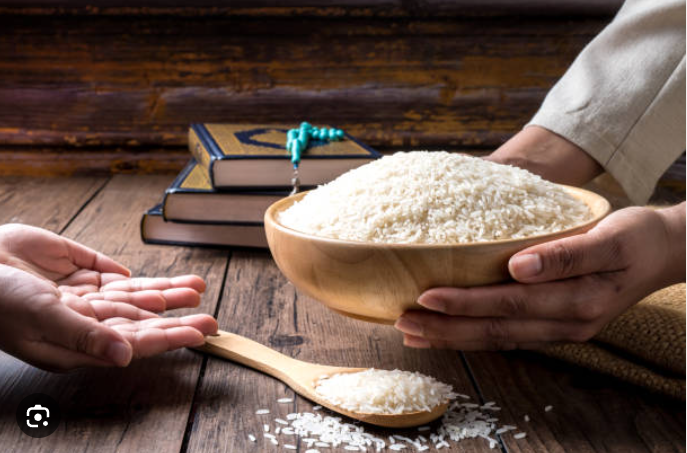By Kester Kenn Klomegah
After several years of heightened criticisms of falling cultural diplomacy, Russia has begun filling the huge pitfalls and cracks. In the context of the emerging multipolar order, Russia has taken the appreciable and practical step in its renewed Russia-African diplomacy, but has a long meandering road in establishing its cultural influence and realising the expected impact on the public perception.
Russians have to warmly admit the cultural catastrophe. On the other hand, it has to go far beyond the decades-long traditional rhetoric and diplomatic niceties, at least be open to African cultural troupes to Russia as it readies for strengthening cultural relations. In the context of global turbulence, Russia’s doors are still closed for all these due to fragmented post-Soviet public outreach diplomacy, while it hopes to lead and currently advocating for democratization of international life and multipolar order.
In order to raise its geopolitical influence, it has to re-examine the cultural component in relations with Africa. It is the moment of truth, there are existing challenges and realities on the landscape but the United States, Europe and Asian States such as China have broadened their strategic soft power and generally the public diplomacy. For Russia to regain part of its Soviet-era influence, it has to address its own image, with seriousness and consistency, in addition to other several questions in Africa.
Many experts believe that Russia is far behind, and surprisingly most often ignore policy expert views and suggestions, for instance, proposed in the ‘Situation Analytical Report’ on Russia-Africa. That report, researched and compiled by 25 policy experts headed by Professor Sergei A. Karaganov who is the Honorary Chairman of the Presidium of the Council on Foreign and Defence Policy, was very critical about Russia’s current policy towards Africa.
That, however, on the eve of the second Russia-Africa Summit scheduled for St. Petersburg in 2023, Russia has taken cultural tour to there East Africa. The three African countries included Ethiopia, Tanzania and Zambia, according to reports monitored from the Russian Ministry of Culture. The ministry’s key task is to ensure Russia strengthens its status as a great cultural power, exchange experience in multifaceted cultural fields with external countries. The ministry deals with culture and arts issues as well as implementing strategies with external countries and within the Russian Federation.
“The festival is intended to popularize the diversity of Russia’s cultural heritage and will introduce the foreign audience to the best examples of Russia’s unique vocal folklore performed traditionally and in modern adaptation as well as the popular pieces of musical academic art,” its statement said.
The Festival of Russian Culture designed to bolster intercultural interaction with African countries. It aims at portraying Russian culture and geography, so it included a photo exhibit of picturesque locations of Russia’s Far North. The report asserted that visitors would view the landscapes of northern parts of Russia, from the Murmansk to Kamchatka Regions.
There have been series of discussions on culture between Russia and Africa, the latest report in October 2022 says the Culture and Sports Minister of Ethiopia Kejela Merdasa discussed with Ambassador of Russia to Ethiopia, Evgeny Terekhin on how to enhance the long standing relations between the two countries in the culture and sports sectors. Both agreed on an arrangement for the signing of MoU between the two countries on cultural cooperation.
Undoubtedly, there is huge cultural gap between Russia and Africa. Despite the general pessimism, there is still a chance to revive Russia’s cultural relationship with Africa. Last November 2021, Egypt recieved a Russian cultural troupe as part of the Russia-Egypt Year of Humanitarian Cooperation. Russia’s Deputy Minister of Culture Olga Yarilova, who led the Russian delegation in the meeting there at the Cairo Opera House, emphasized the strength of cultural relations between Cairo and Moscow.
Beryozka (Berezka) Dance Ensemble, one of the internationally renowned and oldest Russian dance troupes, presented a number of artistic shows on Russian folklore in Cairo, Egypt. The Ensemble is a troupe of female dancers founded by Russian choreographer and dancer Nadezhda Nadezhdina in 1948 in the Soviet Union which specializes in performing in long gowns and moving across the stage as though on wheels or floating.
South Africa also saw Russian cultural performance in 2015. Professor Gerrit Olivier at the Department of Political Sciences, University of Pretoria, and former South African Ambassador to the Russian Federation, wrote in an emailed query that “what seems to irk the Russians, in particular, is very few initiatives go beyond the symbolism, pomp and circumstance of high level opening moves.”
Important though is the fact that the Soviet Union never tried to colonize Africa. Soviet influence in Africa disappeared almost like a mirage with the collapse of the Soviet system in 1991. Russia’s cultural diplomacy is completely catastrophic.
In the current assessment of Russia’s influence in Africa, despite efforts towards resuscitation, has remained marginal. While, given its global status, it ought to be active in Africa as Western Europe, the European Union, America and China are, it is all but absent, playing a negligible role, according to the views of the retired South African diplomat.
Of particular importance here and as Russia’s Foreign Minister, Sergey Lavrov, has oftentimes pointed to the unique fact that strengthening comprehensive partnership with African countries today is among the priorities of Russia’s foreign policy.
“Russia highly appreciates its African friends, who just as a vast majority of members of the world community defied unprecedented, brutal pressure, to refuse to join the anti-Russian sanctions, and continue to develop the dialogue and cooperation with us. Such an independent policy focused on national interests deserves deep respect,” Lavrov said early November, the transcript posted to the official website.
“We regard Africa as a unique and dynamically developing continent, a continent of the future. We consistently advocate the strengthening of its role in the multipolar architecture of the world order. We wish its voice, firm and independent to be heard and taken into account in the international arena,” he underlined about Russia’s support Africa.
Western culture and orientation have largely dominated Africa which has the fastest-growing population in the world. The African public is not exposed to Russian culture neither African culture exposed to Russians.
In their joint summit declaration, the two sides set plethora of ambitious goals to develop and strengthen people-to people and cultural relations. The declaration’s point 10 states the facilitation of the people-to-people contacts between Russia and Africa using the potential of non-governmental organizations and various fora, including the youth ones.
The declaration’s point 43 highlights the benefits of civilization diversity, encourage cooperation in sports, tourism and mass media. And in addition to those spheres mentioned, the document states that cultural exchanges are essential for the development of mutual understanding, friendship and cooperation between the peoples of Africa and the Russian Federation.
Courtesy: Modern Diplomacy






















